Black has long been a color of contradiction, at once elegant and rebellious, classic and subversive. From mourning attire and religious robes to the runways of Paris and the streets of Tokyo, black has transcended trends to become one of the most iconic statements in fashion history. It’s not just a shade, it’s a symbol.
This is a journey through time, highlighting the moments, designers, and cultural shifts that made black what it is today: the foundation of timeless style and a pillar of Noir et Noir’s creative vision.
16th–19th Century: From Nobility to Mourning
By the late 1500s, producing a rich, lasting black required at least three separate dye baths, often an initial woad or indigo underlayer, followed by a madder overdye, and finished with a tannin treatment using gall-nuts, so only the wealthiest could afford truly deep black garments, making the color an unmistakable badge of aristocratic privilege, especially in Philip II’s Spanish court, where velvet-trimmed, all-black ensembles became the height of sober elegance.
In Victorian England, black evolved into the universal symbol of grief and respect after Queen Victoria entered full mourning for Prince Albert in December 1861, wearing heavy black crepe and strict widow’s weeds for the rest of her life, a conspicuous practice that upper-class Britons eagerly emulated; society codified mourning into phases—full, half and ordinary, each with its own fabrics, accessories and even jet or woven-hair jewelry to signal one’s place in the ritual of loss.
This era cemented black’s dual identity as both a marker of wealth and a language of solemnity, laying the groundwork for its later reinvention and enduring role as the inspiration for Noir et Noir’s creative vision.
1926: Coco Chanel Introduces the Little Black Dress
In April 1926 American Vogue featured an illustration of Coco Chanel’s calf-length black dress in crêpe de Chine, accented only by a few diagonal pleats on the bodice and paired with pearls and a cloche hat, immediately branding it as the uniform of modern women. Vogue dubbed it “Chanel’s Ford,” likening its simple, accessible elegance to Henry Ford’s Model T and signalling that chic style no longer belonged solely to the elite. Chanel famously remarked that “nothing is more difficult to make than a little black dress,” highlighting the precision and technical skill required to achieve such apparent simplicity.
The little black dress stood in stark contrast to the ornate, pastel fashions of the 1920s, offering women a practical yet glamorous alternative that could easily transition from day to evening with just a change of accessories. By stripping away constricting corsets and excessive embellishments, the LBD embodied the spirit of female independence and modernity, transforming black from a hue of mourning into the pinnacle of understated glamour.
1940s–50s: Hollywood’s Black Glamour
Old Hollywood elevated black from formal wear into the realm of screen seduction and sophistication. In the 1946 film Gilda, Rita Hayworth wore a sleek, strapless black satin gown by Jean Louis during her performance of “Put the Blame on Mame,” forever linking the color to the image of the ultimate femme fatale. Marlene Dietrich continued this legacy in Alfred Hitchcock’s Stage Fright (1950), appearing in Christian Dior’s sculpted black satin ensembles that underscored her aura of mystery and glamour.
Audrey Hepburn’s Givenchy-designed black dress in Breakfast at Tiffany’s (1961) transformed black into a symbol of refined aspiration. Its simple sheath silhouette in Italian satin, paired with pearls and opera gloves, showcased how black could be both timeless and endlessly adaptable, cementing its status as the epitome of understated elegance and influencing designers and style enthusiasts ever since.
1981–1982: The "Black Shock" in Paris
In 1981 and 1982, Paris Fashion Week witnessed a dramatic departure from the technicolor opulence of the 1970s, as Japanese designers Yohji Yamamoto and Rei Kawakubo unveiled collections rendered almost entirely in black, upending conventional ideas of beauty and luxury. Their garments employed oversized, deconstructed shapes, raw hemlines, and strategic drapery to emphasize form over ornamentation, turning black into a vehicle for architectural expression and social commentary. The term “Black Shock” soon emerged to capture the collective astonishment at these austere collections, which challenged Western preferences for symmetry, color and embellishment. By stripping fashion down to its essential silhouette, Yamamoto and Kawakubo transformed black from a backdrop into a bold statement of rebellion, paving the way for black’s central role in avant-garde and minimalist design movements that followed.
1990s: The Rise of Minimalism and Urban Cool
In the 1990s, black emerged as the defining hue of minimalist fashion, embraced by designers such as Helmut Lang whose sharp tailoring and utilitarian details reshaped runway silhouettes, Ann Demeulemeester whose draped, somber garments blended formalwear with subcultural influences, and Calvin Klein whose streamlined, body-conscious sportswear embodied urban sophistication, reflecting a broader cultural shift toward intellectual, practical elegance. At the same time the grunge movement co-opted black into a defiant uniform of thrift-store flannel shirts, ripped jeans and combat boots, a look later reinterpreted on the runway by Marc Jacobs, while hip-hop culture adopted black hoodies, leather jackets and baggy pants as badges of authenticity and creative freedom. Together these parallel trends cemented black’s dual identity as both a functional wardrobe staple and a provocative statement
2000s–Present: Black as a Global Fashion Language
Since the turn of the millennium black has become a universal fashion language that crosses gender, geography and cultural boundaries. Visionary designers such as Rick Owens have reimagined black through a gothic futurism lens, showcasing dystopian silhouettes at Paris Fashion Week that blend industrial minimalism with ancient ritual references. Celebrity icons like Kim Kardashian have further elevated the hue, from her head-to-toe Balenciaga bodysuit and face mask at the 2021 Met Gala to her sculptural leather corsets and mesh gowns, proving that black can be both enigmatic and theatrical. In a world overwhelmed by visual stimulation black cuts through the noise, allowing form, texture and individuality to shine, a principle embraced by contemporary brands and minimalism’s resurgence. Moreover, black has become foundational to sustainable wardrobes and capsule dressing, with collaborations such as Hilary Swank’s limited-edition collection of eight organic cotton black dresses and cardigans demonstrating how timeless black pieces can reduce waste and extend garment lifespans.
The Legacy of Black in Fashion
Black has journeyed from the solemn halls of Renaissance courts to the cutting-edge runways of tomorrow, inspiring every twist and turn in fashion’s story. It has signified authority and rebellion, grief and glamour, protest and performance. Noir et Noir celebrates this heritage by weaving the spirit of each era into our collections and exploring fresh ways to work with black.
As fashion continues to evolve, we will revisit these periods in depth, exploring the techniques, icons and cultural moments that made black the ultimate statement.
Noir et Noir looks forward to contributing our own chapter to this ongoing story.
Whether you see black as an emblem of elegance or an act of defiance, remember that it does more than complete an outfit, it defines it, and at Noir et Noir every piece tells a story.












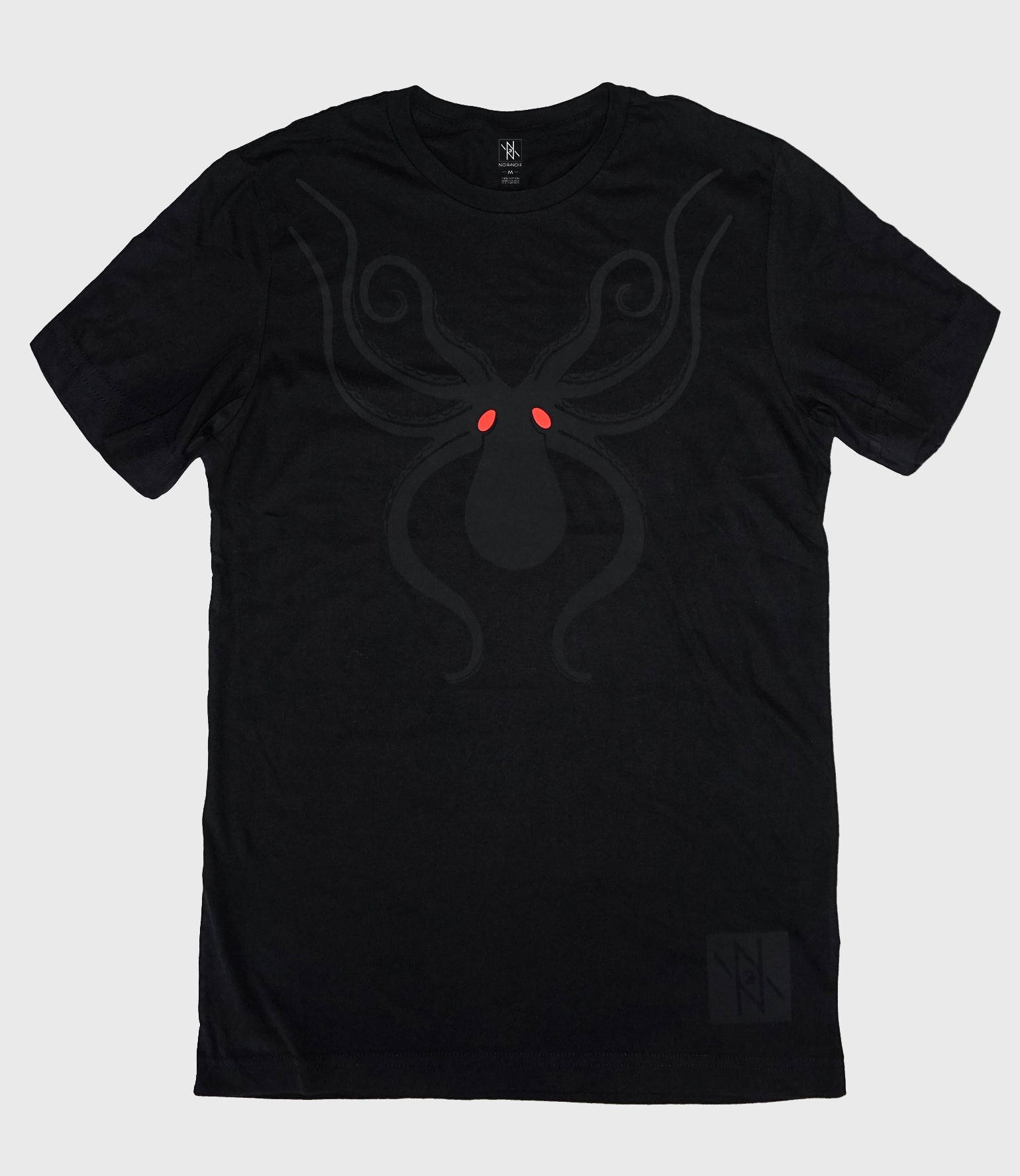
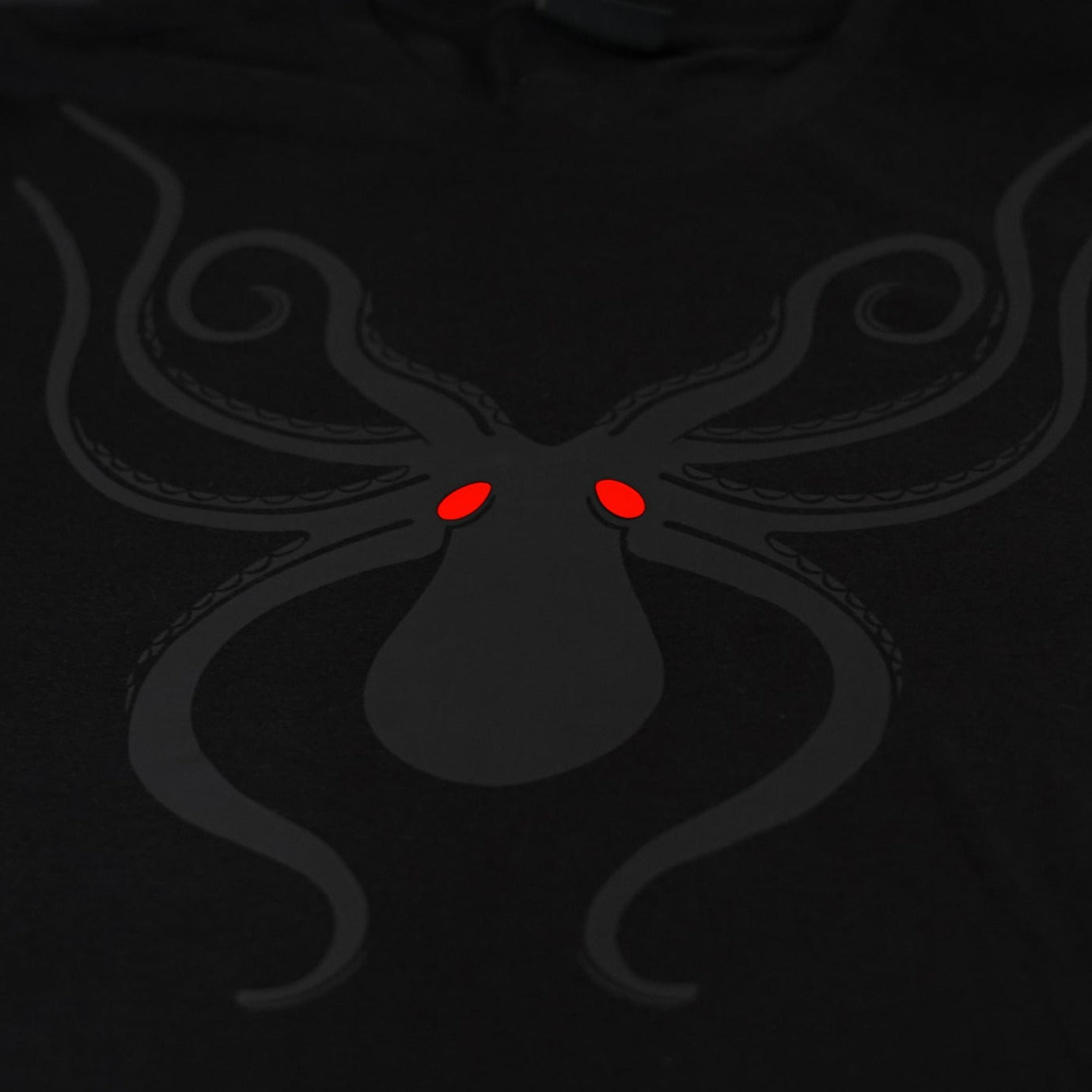
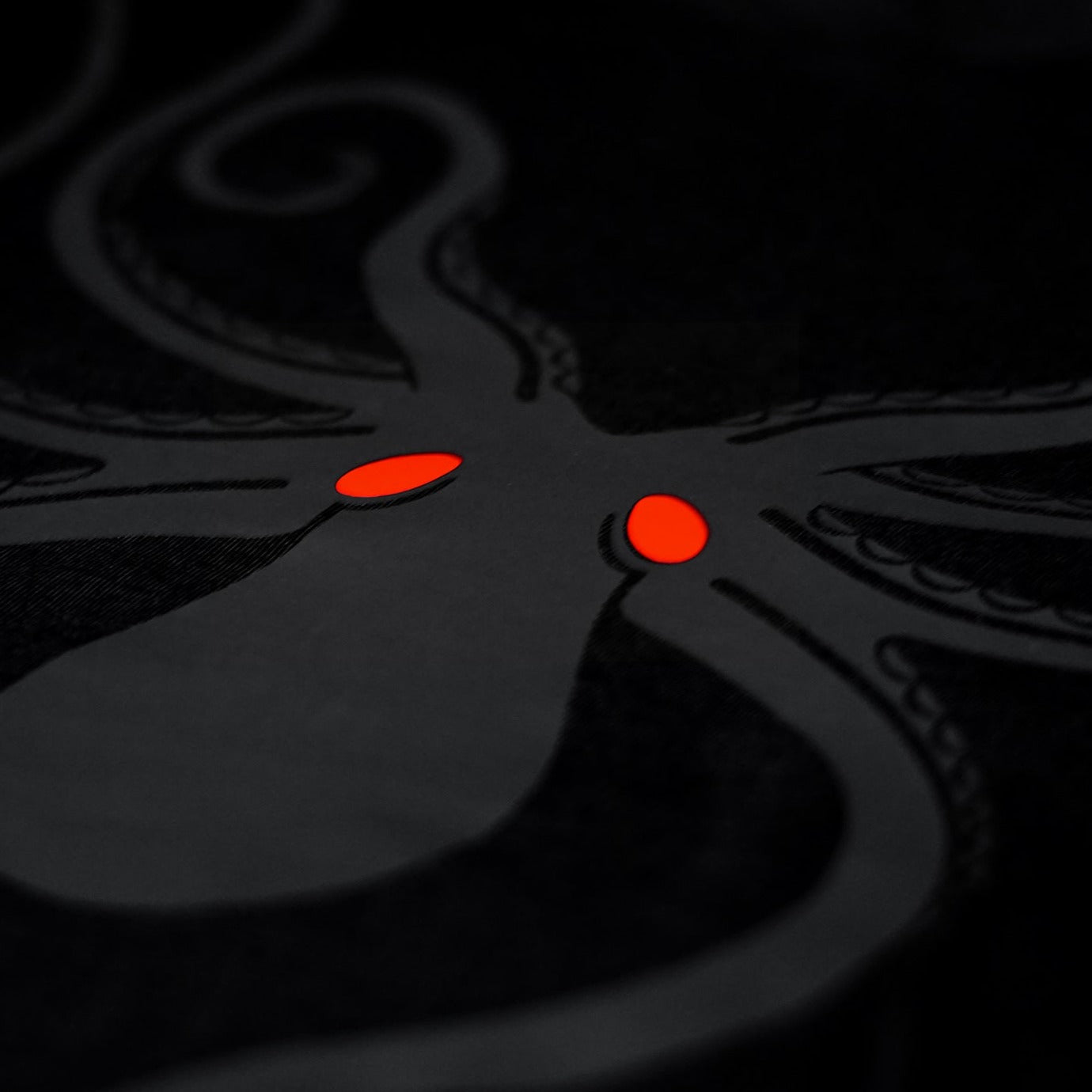
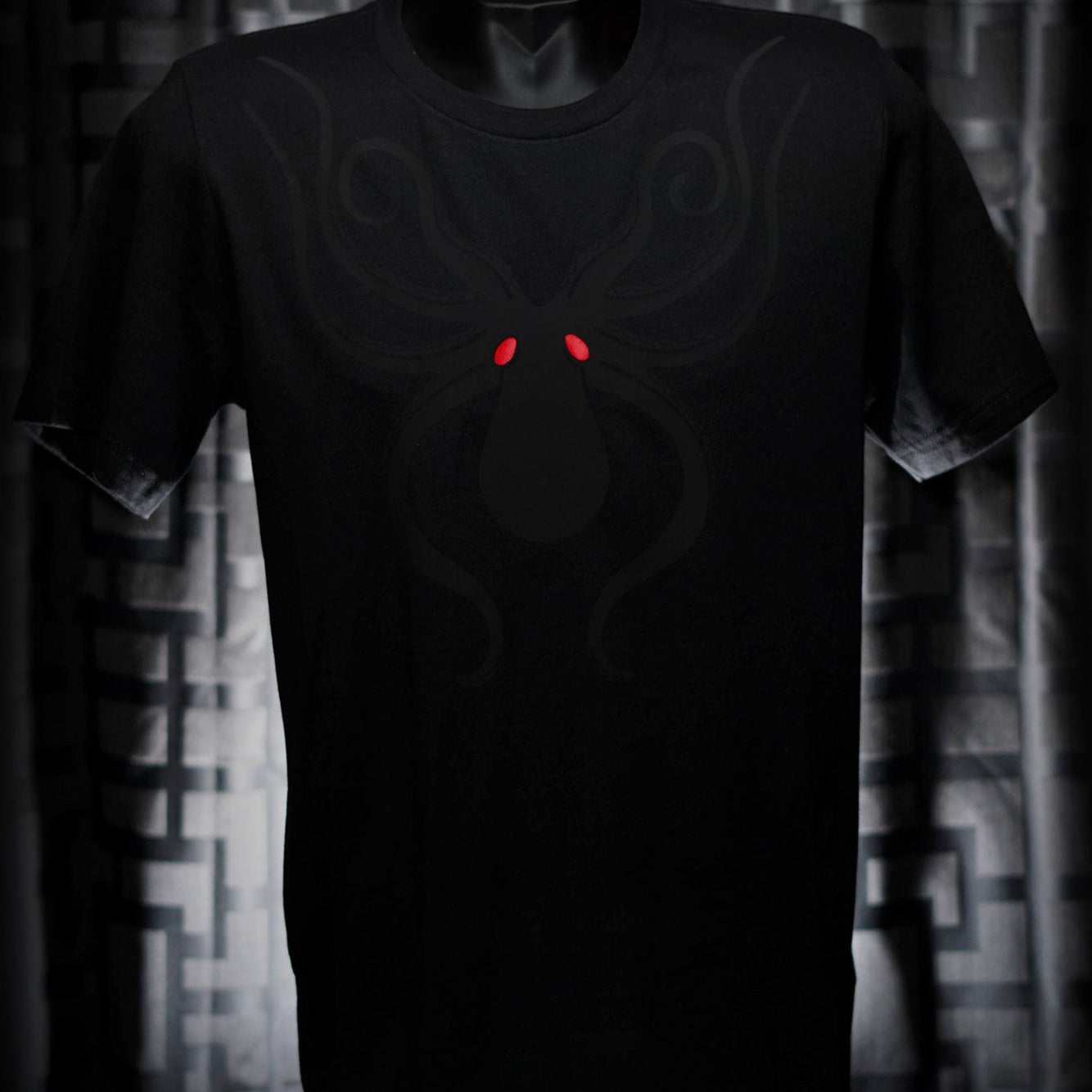



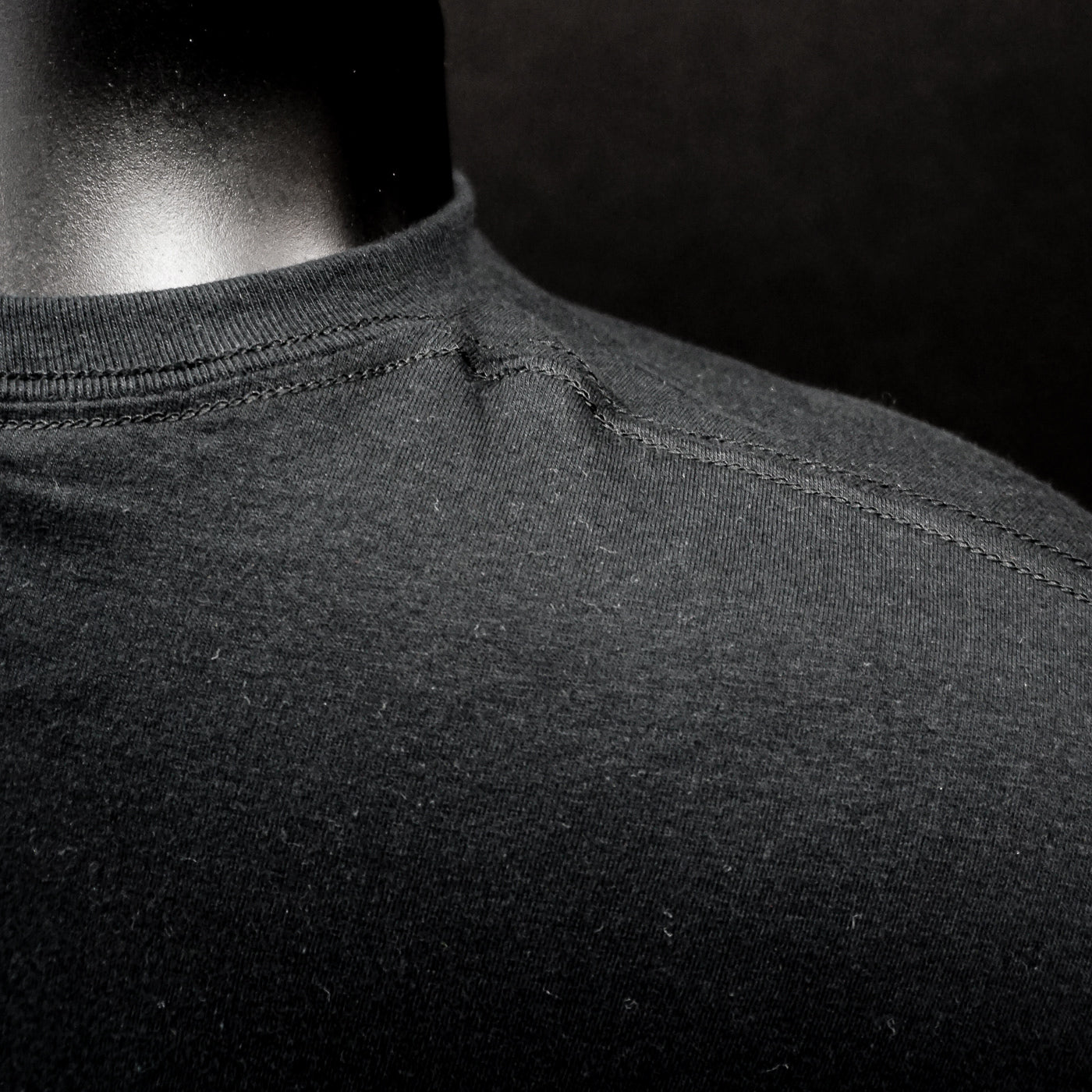
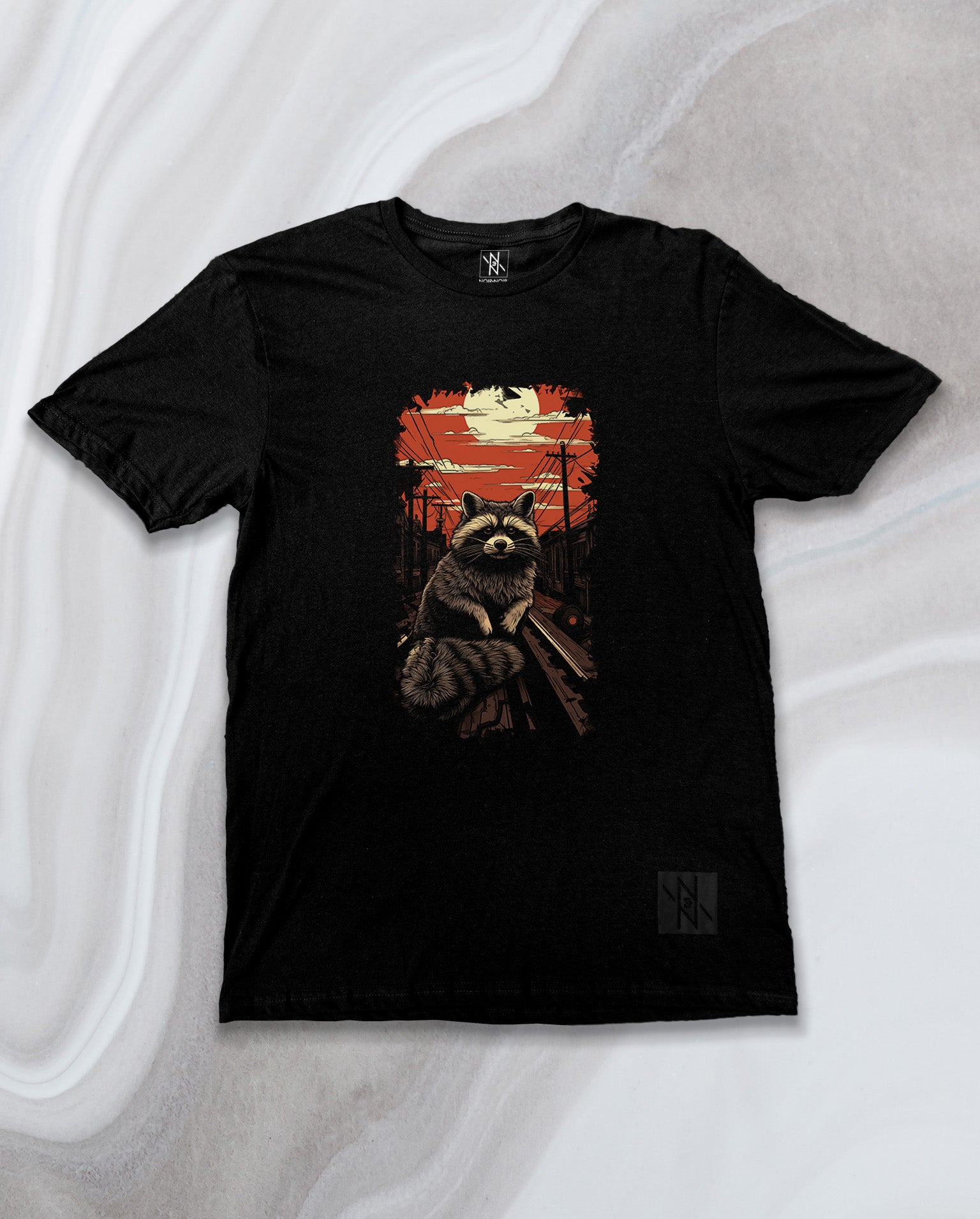
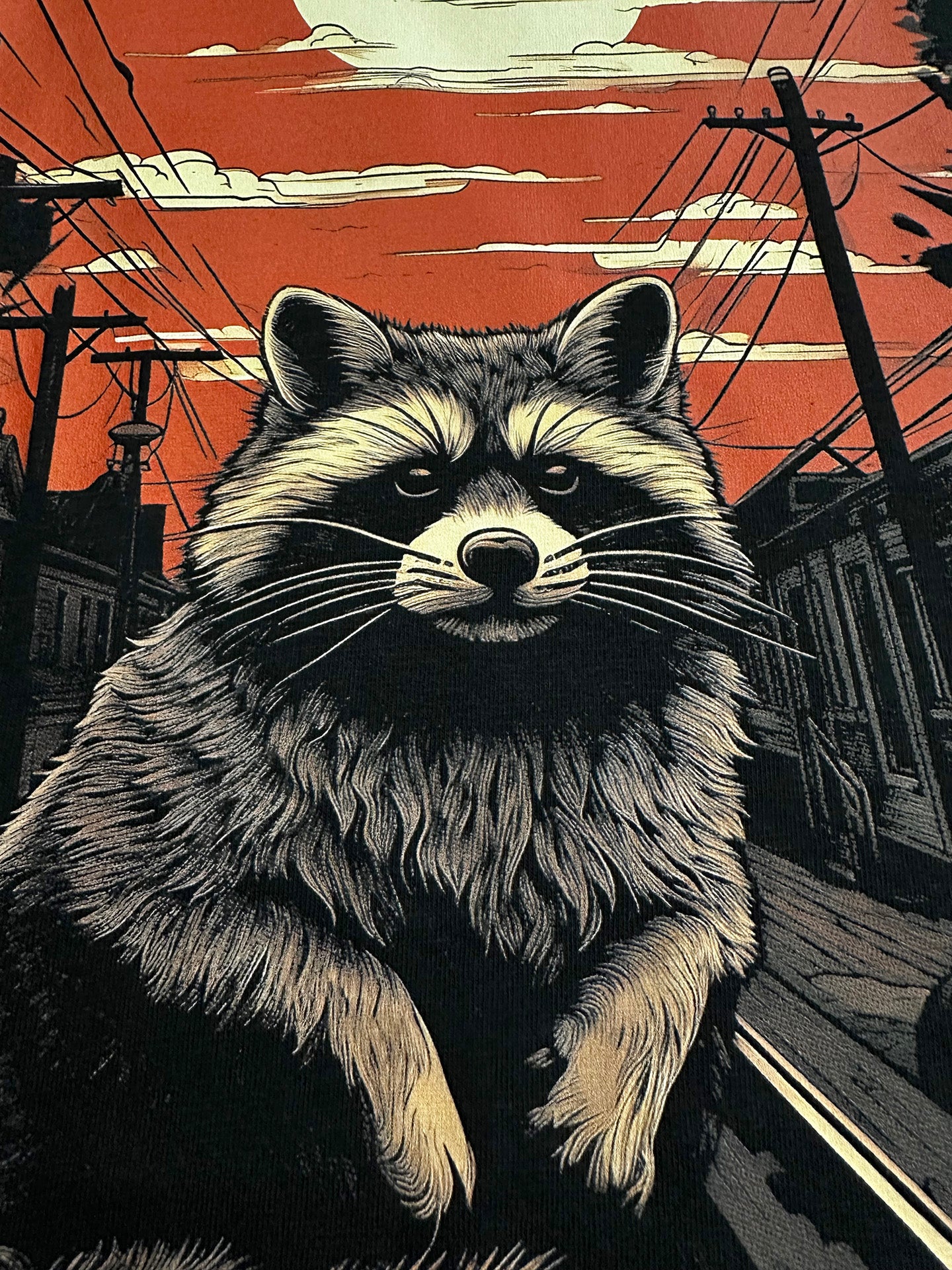
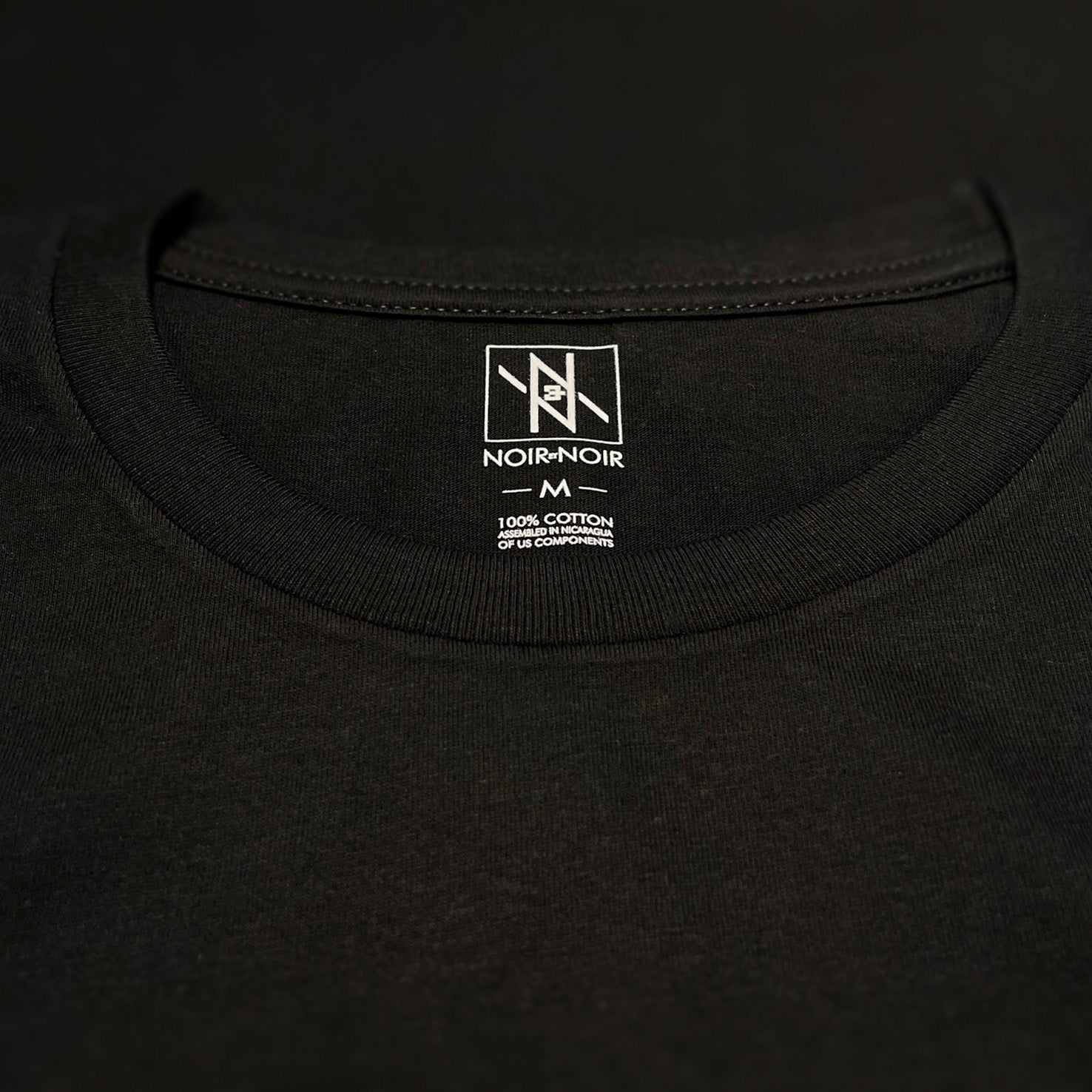

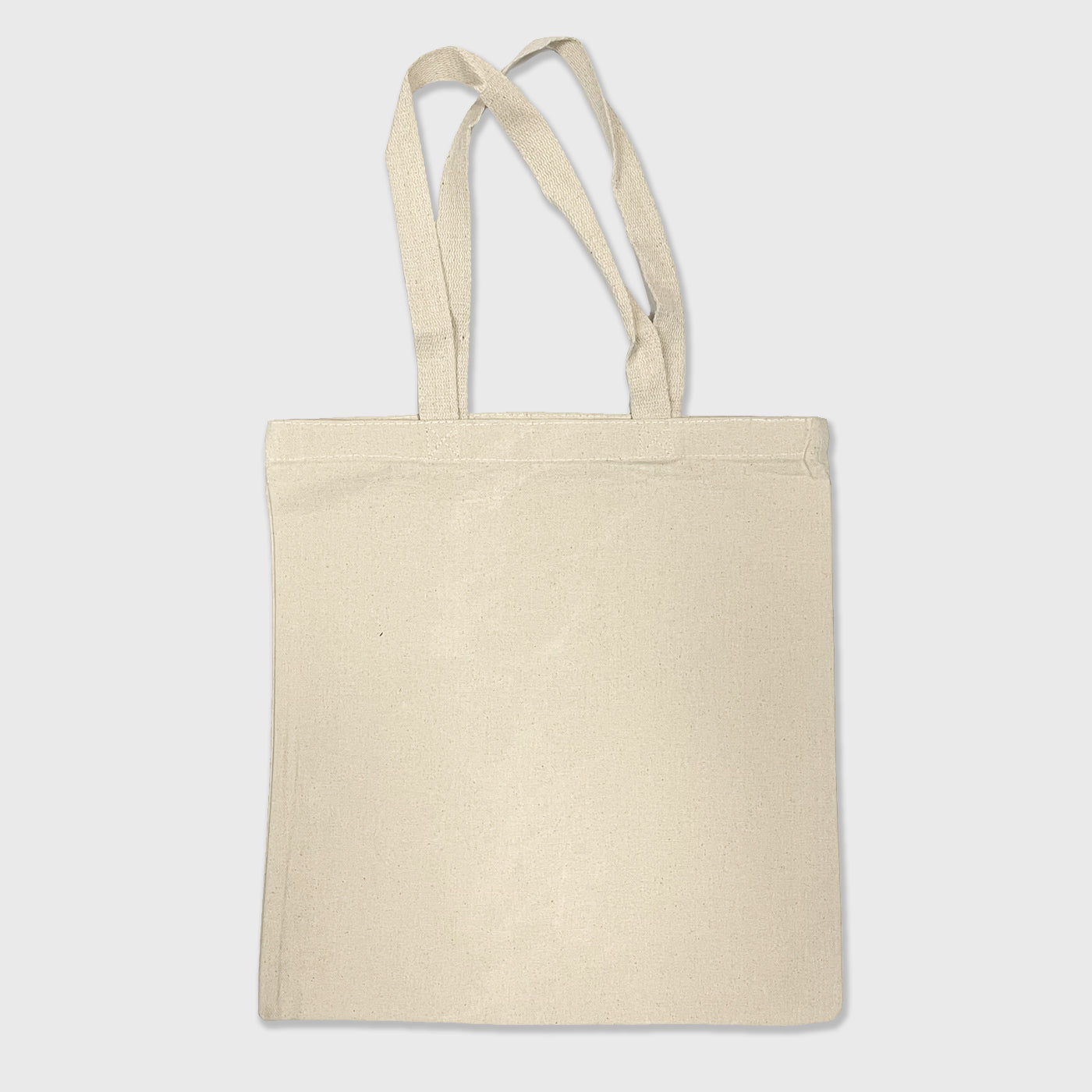
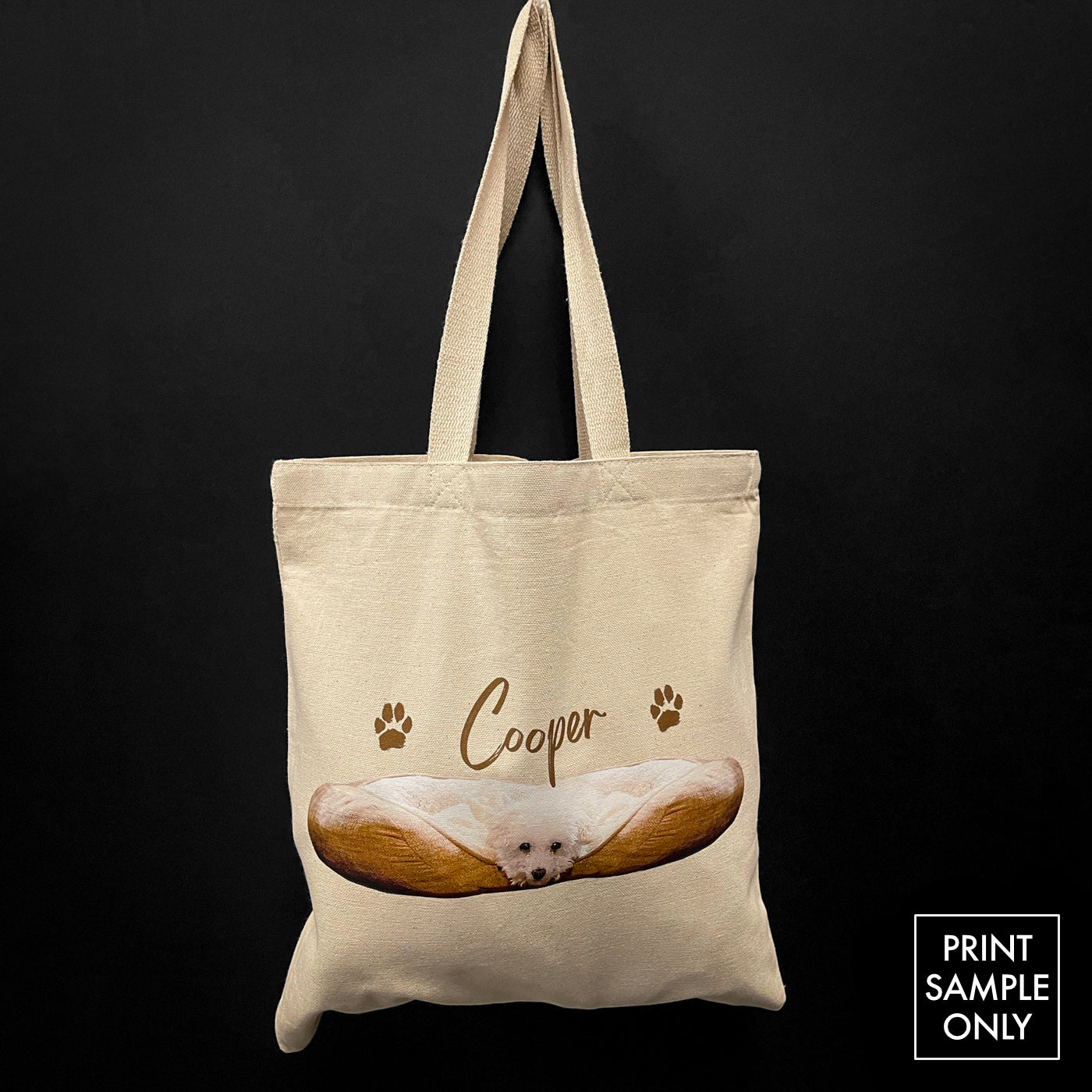
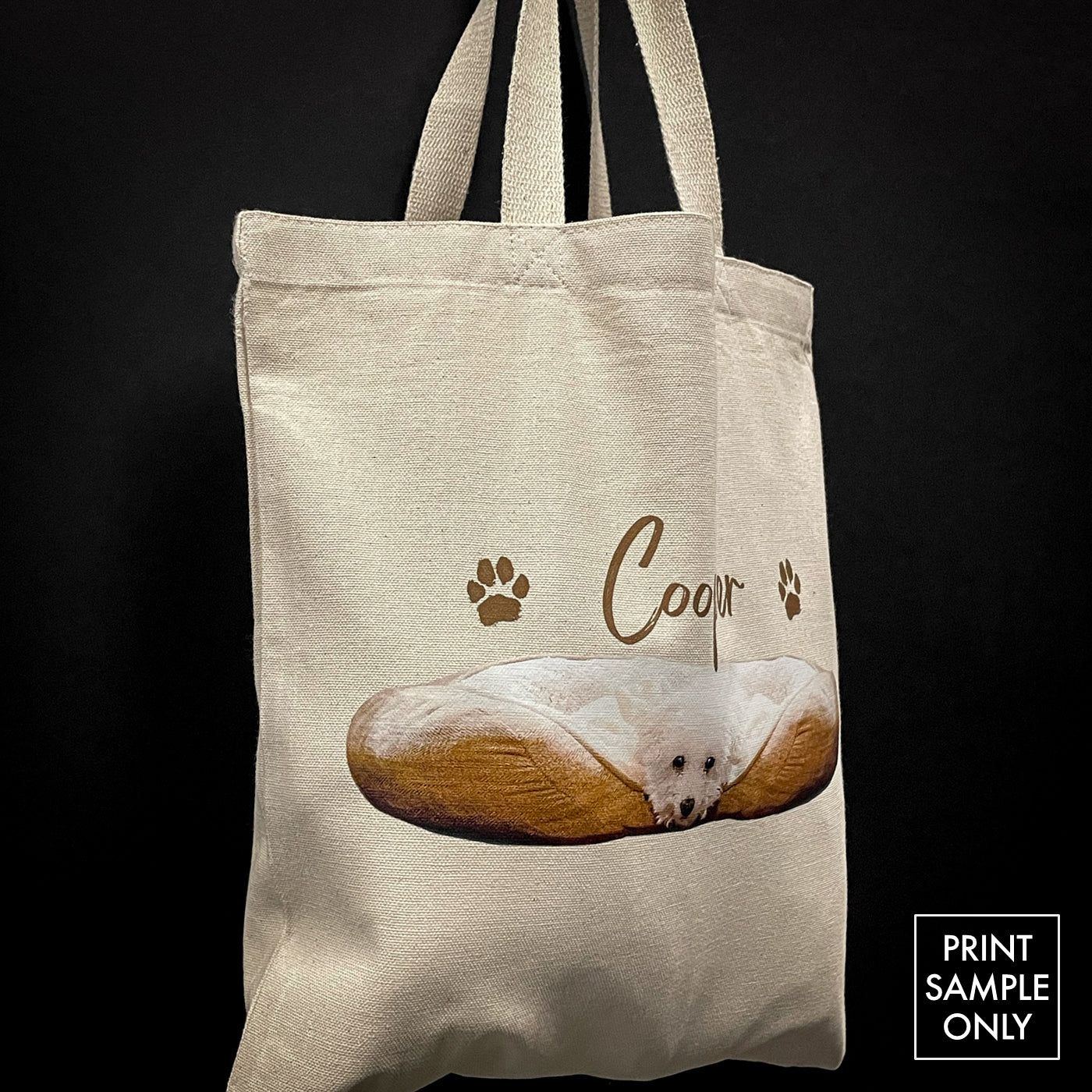
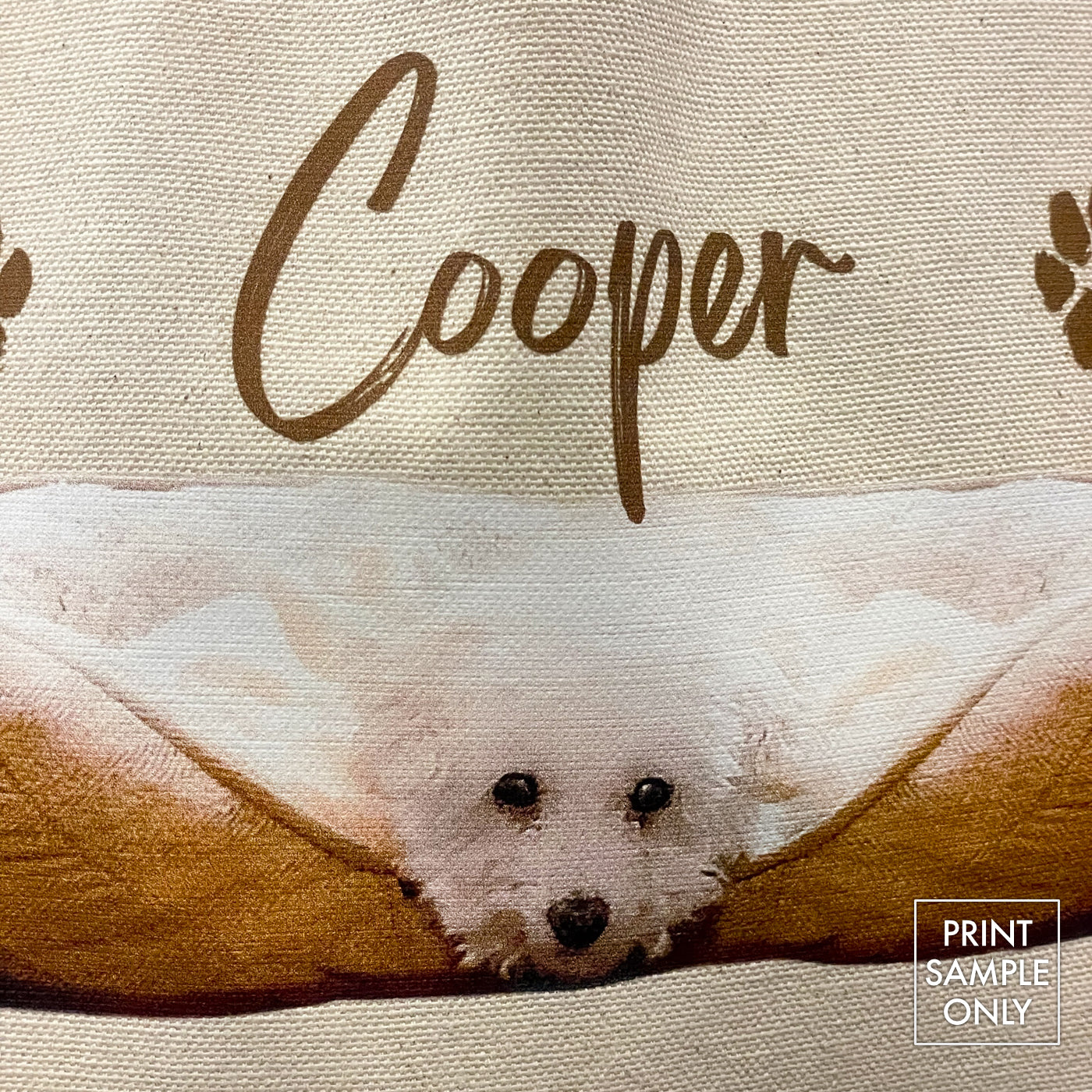



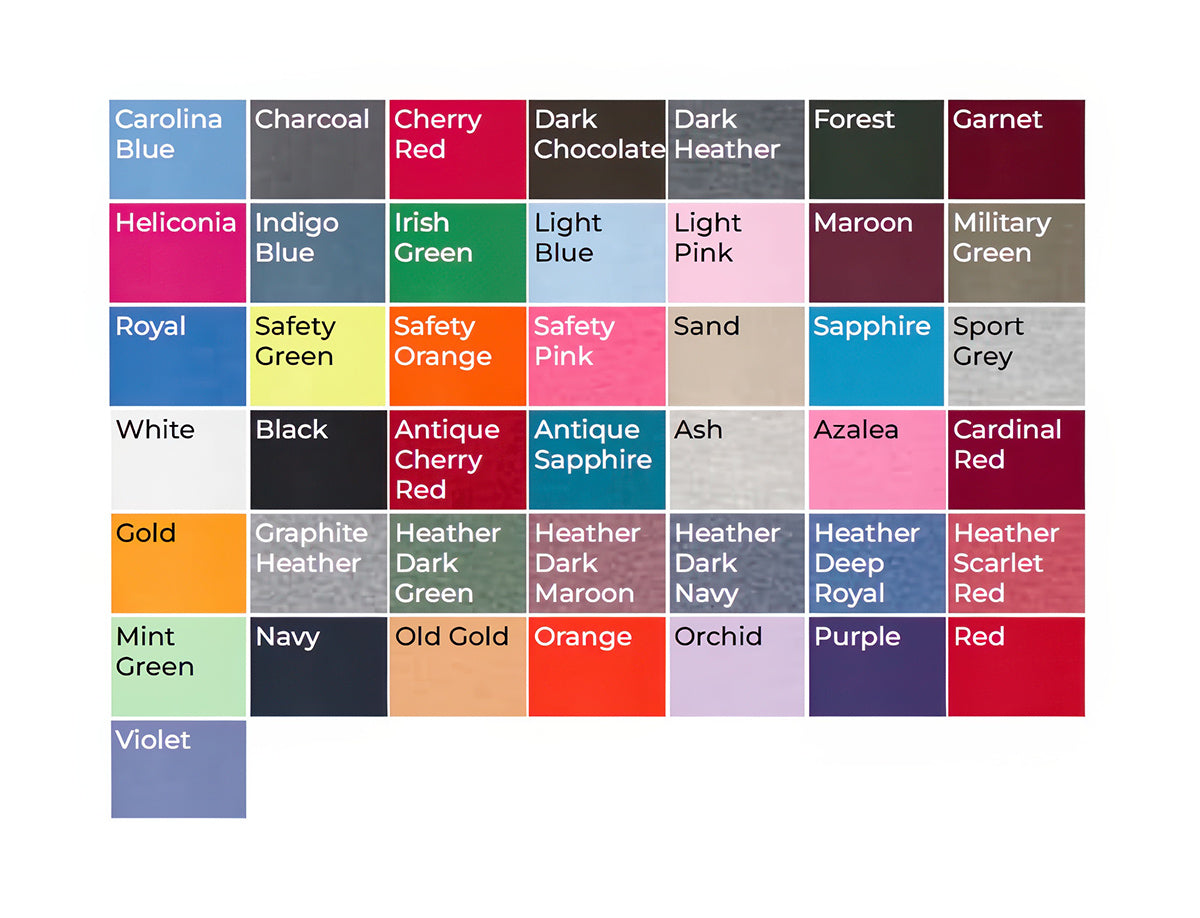
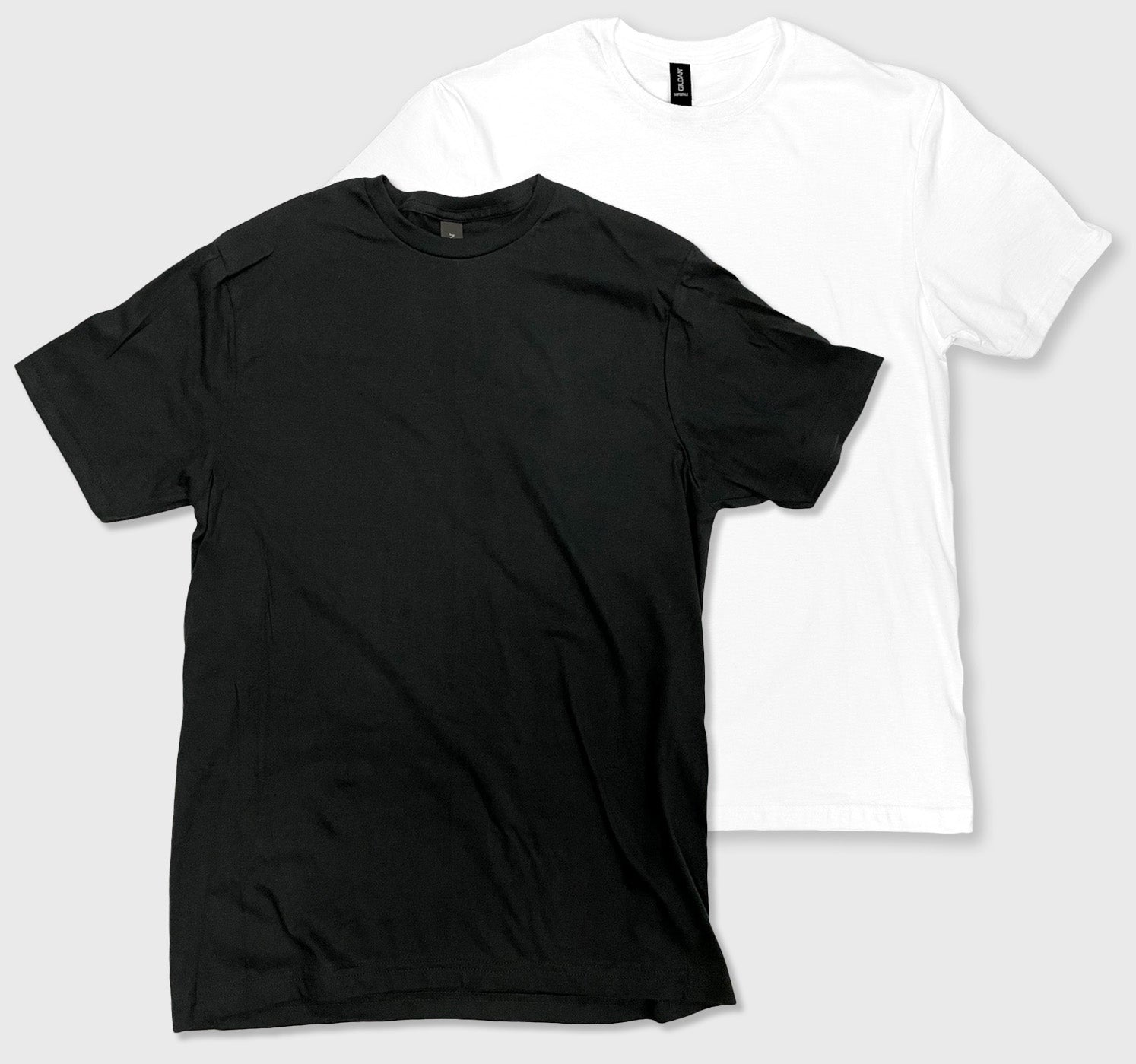
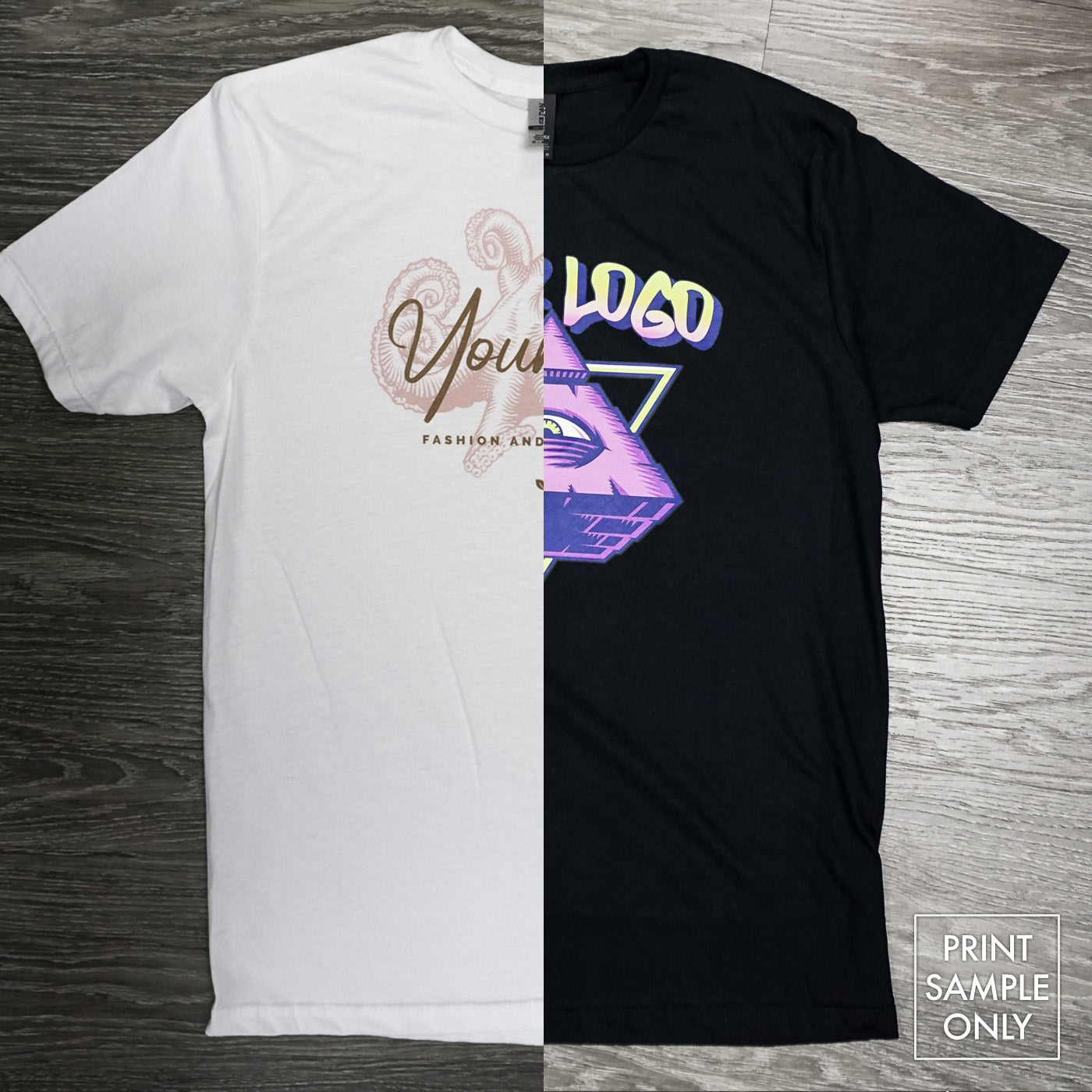
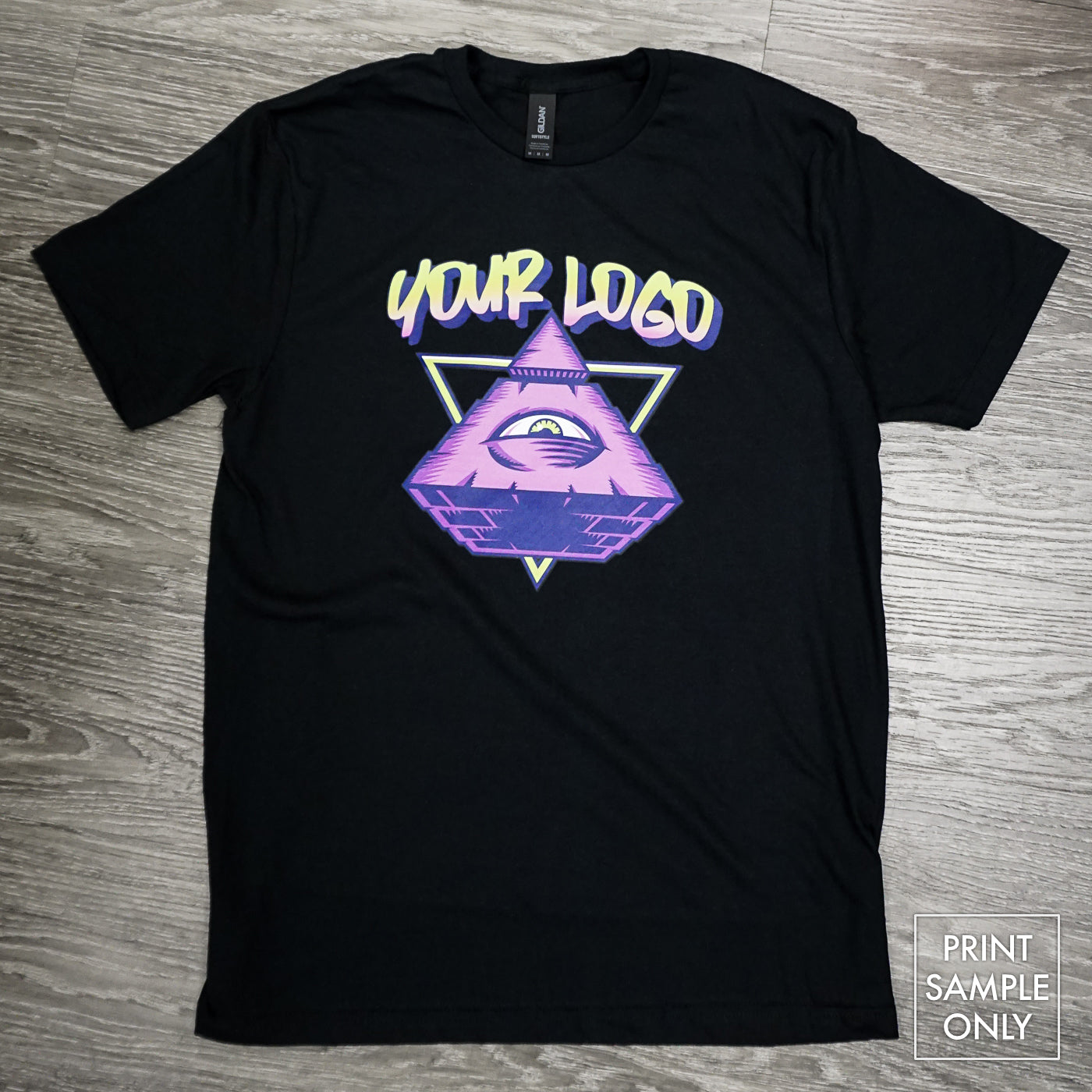
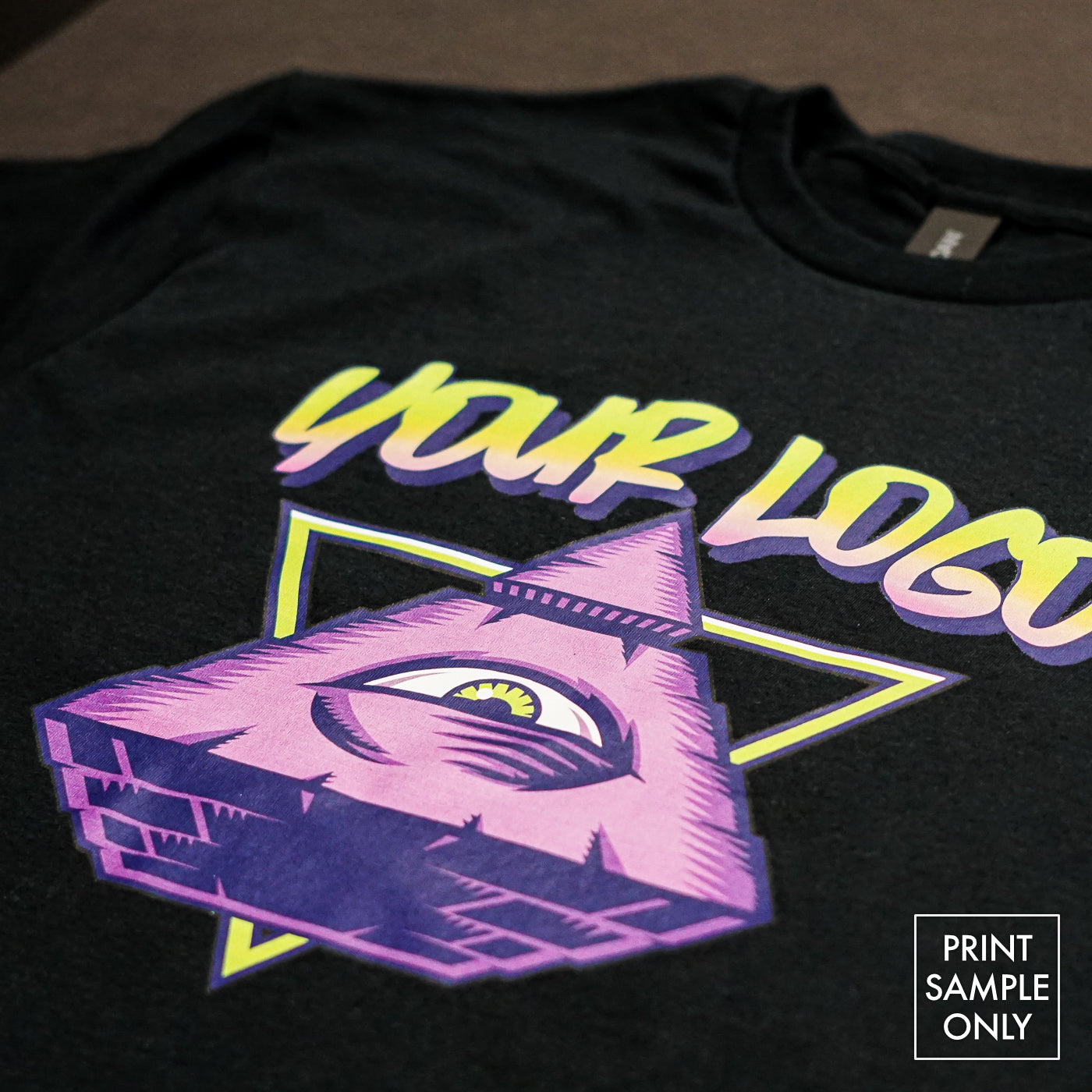
Share:
Why Black Works for Every Season
The Power of Black in Business